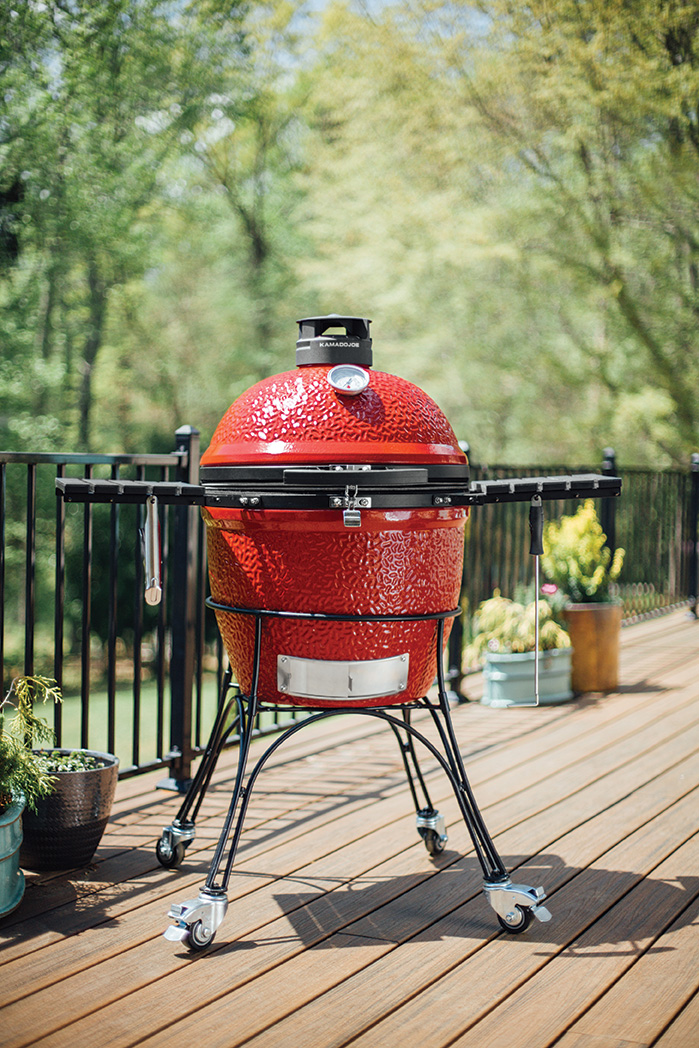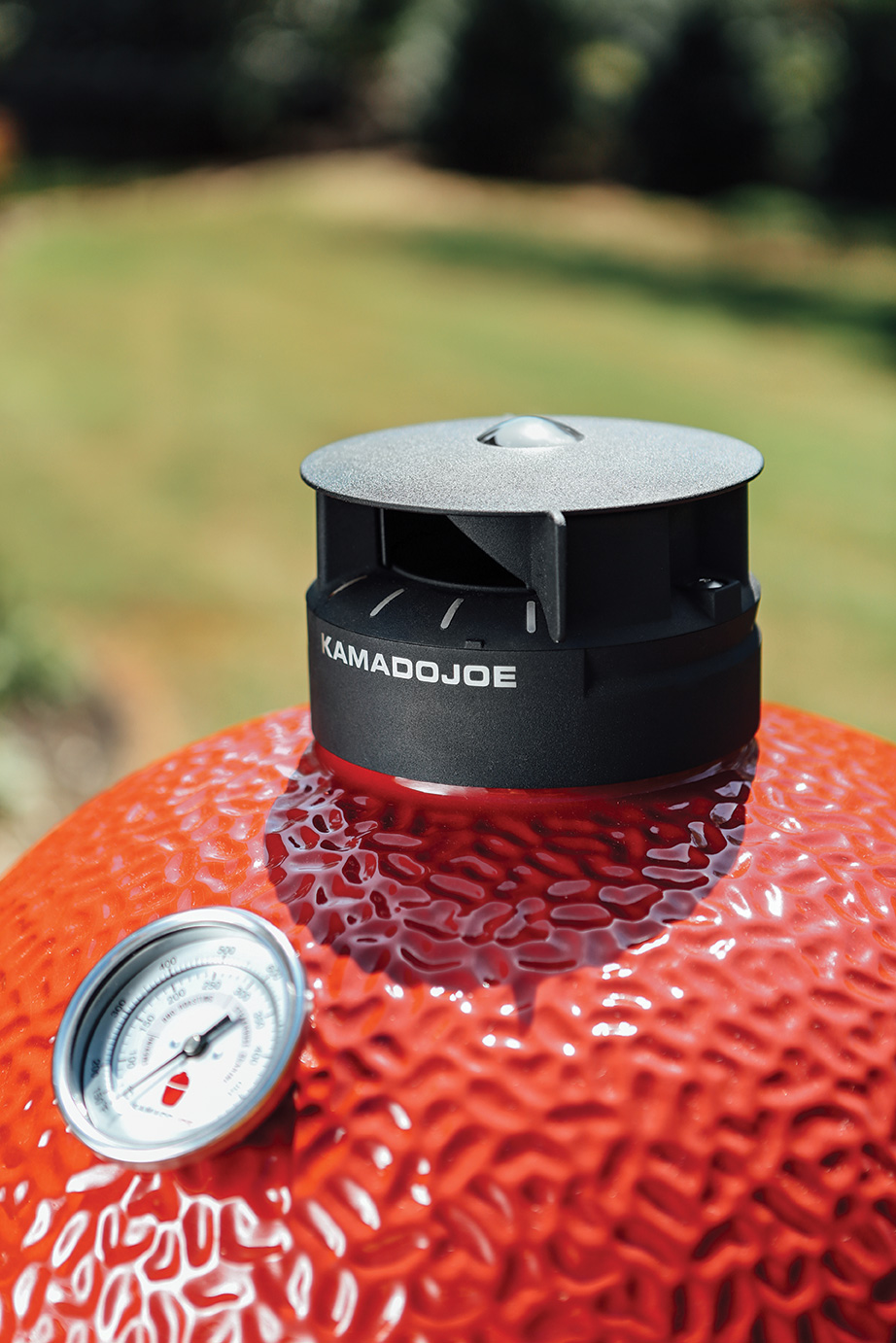🔥 SUMMER DEALS 🔥
Historiek


This simple cooking pot has developed in various directions worldwide. Take, for example, the tandoor in India or the Japanese mushi kamado, intended for steaming rice, which is used on ceremonial occasions. The original mushi kamado was a round earthenware pot with a loose, domed lid, found mainly in southern Japan. Over time, it was equipped with a control slide and ventilation openings to better regulate the heat. They also started burning charcoal instead of wood. After the Second World War, the Americans became acquainted with the mushi kamado.
The name “kamado” is actually the Japanese word for “stove” or “stove”. Kamado literally means ‘place for the cooking pot’. Today kamado is a general term for this type of ceramic grill..
Technology
The modern kamado BBQs are made from a variety of materials, including high temperature fired ceramics, refractories, traditional terracotta and a mixture of Portland cement and lava rock grit. The exterior varies from high-gloss ceramic glaze to paint, stucco-like relief or ceramic tiles. Thanks to the use of modern ceramic and heat-resistant materials (technology that was also used in the heat shields of the space shuttle), cracks in the housing are rare, which was often the case with the original Japanese model.
Fuel
Most kamado BBQs burn on charcoal, although some attempts have been made to burn them on gas or electric. One of the advantages of the ceramic construction is that the prepared food does not acquire an aftertaste. For the same reason, large chunks of charcoal are preferred for the modern kamado bbq. Not only does charcoal leave little ash, the alternative is charcoal briquettes, which contain many additives that can adversely affect the taste of the food. Charcoal can be produced in an environmentally friendly and sustainable way by using coppice wood.
Applications
Kamado-style ceramic bbqs offer a wide range of options. They are not only suitable for grilling and smoking, but also for baking pizza on a pizza stone. Bread, cakes and pies can also be baked in it. It is also an ideal appliance for making wok dishes, quiche or Paella. This is because the ceramic housing has excellent heat retention properties, which means that maximum temperatures of up to 400 °C can be reached. In addition, the air supply (and thus the temperature) in a kamado can be regulated very accurately, so that the BBQ functions as a kind of wood oven. This means that your kamado can also be used for roasting and baking anything that is made in a traditional oven.
